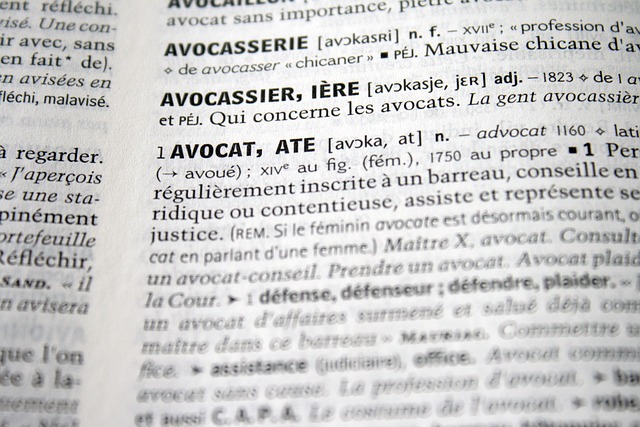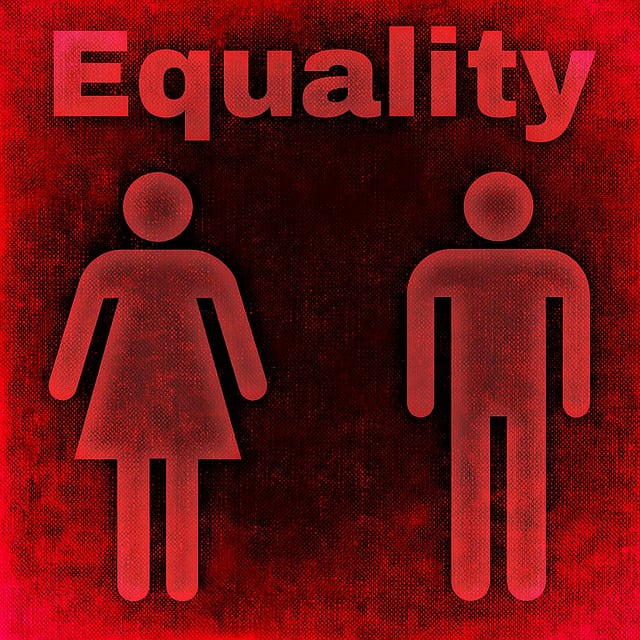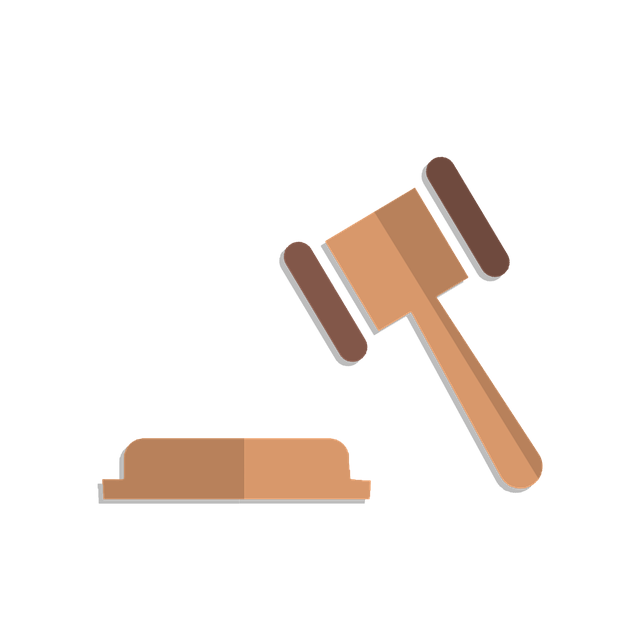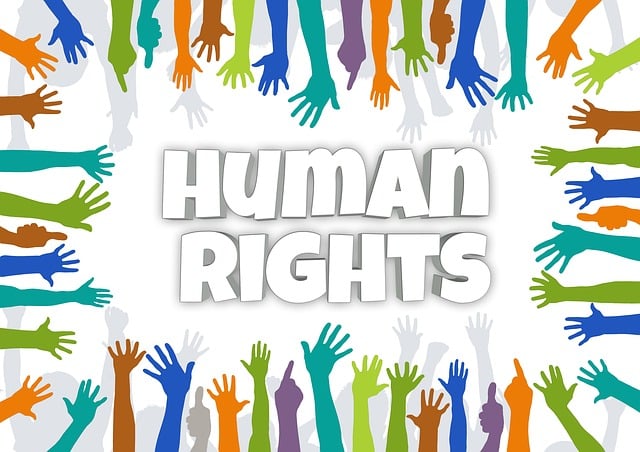Oregon's comprehensive child welfare legislation protects at-risk children and families through specific definitions of abuse/neglect, clear reporting procedures, and robust legal rights for parents and children. The Oregon DHS regulations guide this process, emphasizing fairness, transparency, and the best interests of the child while navigating intricate family dynamics. Understanding these laws, including reporting obligations, legal rights to representation and information, and appeal processes, is crucial for professionals and families within the system, ensuring compliance and positive outcomes. Effective communication and proactive engagement with stakeholders are key to navigating Oregon's child welfare policies successfully.
Oregon’s child welfare legislation forms a comprehensive framework to protect and support vulnerable minors. This article offers an in-depth look at the key aspects of Oregon child welfare laws, providing a crucial resource for all involved parties. From understanding legal rights and obligations to navigating the complex procedures of the Oregon Department of Human Services (DHS), this guide ensures parents, caregivers, and professionals are equipped to effectively engage with the system. By exploring these topics, you’ll gain insights into ensuring the best outcomes for children in need.
- Understanding Oregon's Child Welfare Laws: An Overview
- Legal Rights and Obligations for Involved Parties
- Navigating the Oregon DHS Statutes and Procedures
- Tips for Effective Communication During Child Welfare Cases
Understanding Oregon's Child Welfare Laws: An Overview

Oregon’s child welfare legislation is a comprehensive set of policies designed to protect and support vulnerable children and families. At the heart of these laws are the legal rights and obligations that guide the process of child welfare interventions. Understanding these statutes, such as those outlined in the Oregon DHS (Department of Human Services) regulations, is crucial for both professionals and families involved in the child welfare system.
Navigating Oregon’s child welfare laws requires awareness of various aspects, including the legal definitions of abuse and neglect, procedures for reporting suspected harm, and the rights of both children and parents during investigations and potential placements. These policies aim to ensure fairness, transparency, and the best interests of the child while acknowledging the complex dynamics within families.
Legal Rights and Obligations for Involved Parties

In Oregon, all parties involved in the child welfare process—including parents, guardians, foster caregivers, and social workers—have specific legal rights and obligations as outlined by the state’s child welfare laws. Understanding these rights and responsibilities is crucial for navigating the intricate web of Oregon child welfare policies. The primary goal of these regulations is to ensure the safety, health, and well-being of children while also providing support to their families.
Legal rights include access to representation during investigations and proceedings, the right to receive and understand information about case decisions, and the ability to appeal any adverse decisions. Conversely, legal obligations entail adhering to court orders, participating in required services, and maintaining open communication with Oregon DHS (Department of Human Services) workers. These laws are detailed in the Oregon DHS statutes, which serve as a comprehensive guide for all involved, fostering transparency and fairness throughout the child welfare process.
Navigating the Oregon DHS Statutes and Procedures

Navigating the Oregon Department of Human Services (DHS) statutes and procedures is crucial for understanding the state’s child welfare laws and ensuring legal obligations are met. The Oregon child welfare policies and procedures are designed to protect children while also respecting their legal rights. These laws cover various aspects, from initial reports of child abuse or neglect to removal and placement decisions, case management, and permanency planning.
Understanding these statutes is essential for all stakeholders involved in child welfare, including social workers, attorneys, and parents. The Oregon DHS statutes provide guidelines on when and how to intervene, what services to offer, and the rights of both children and families throughout the process. By familiarizing themselves with these laws, individuals can better navigate the system, ensuring fair and just outcomes for all parties.
Tips for Effective Communication During Child Welfare Cases

Effective communication is paramount during Oregon child welfare cases, as it helps ensure all parties’ voices are heard and understood. Parents or guardians involved in such proceedings should familiarize themselves with their legal rights under the Oregon child welfare laws and DHS statutes. This knowledge empowers them to actively participate and navigate the complex landscape of child welfare policies effectively.
When communicating with social workers, attorneys, or other stakeholders, it’s crucial to be clear, concise, and honest. Documenting conversations, especially those regarding concerns or disagreements, is a strategic approach to safeguard against misunderstandings. Maintaining open lines of communication fosters transparency, which can strengthen the overall case strategy. Understanding one’s legal obligations under Oregon child welfare laws enables proactive engagement in the process, ultimately facilitating a more positive outcome for all concerned.






